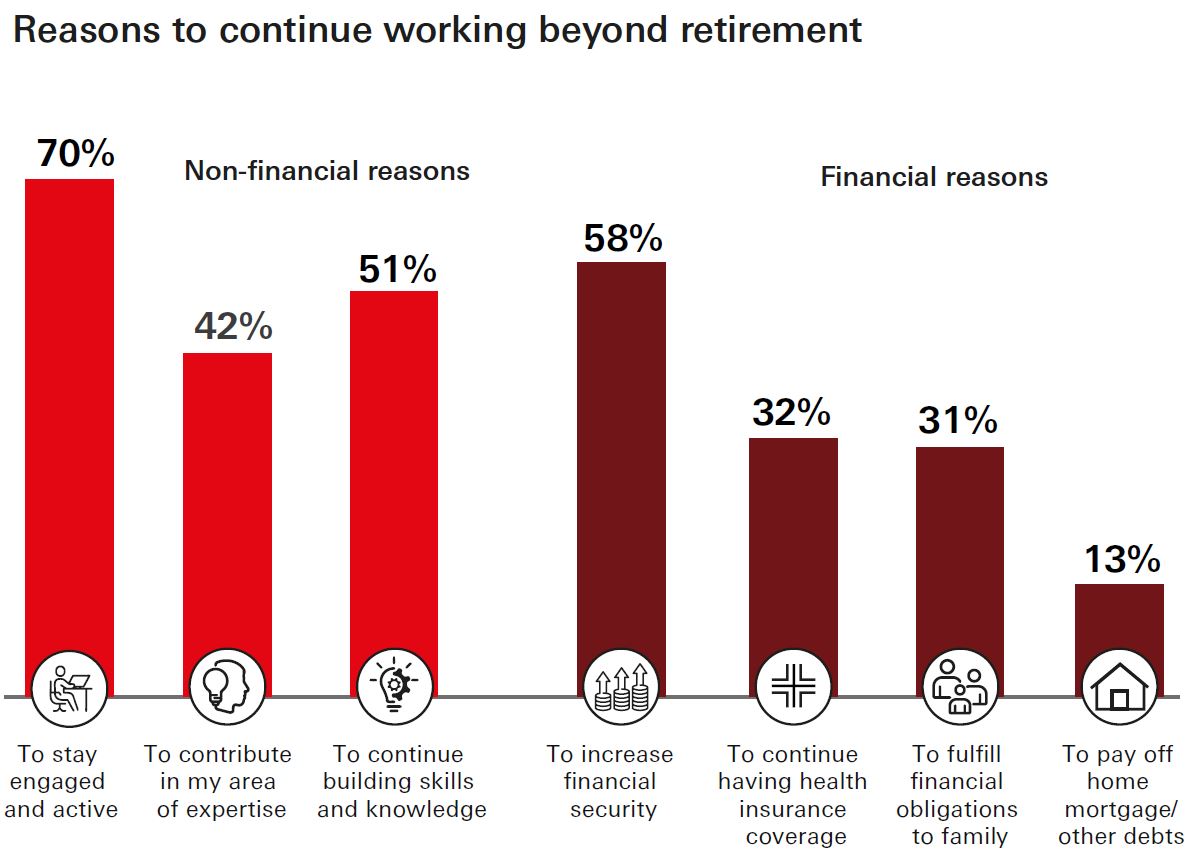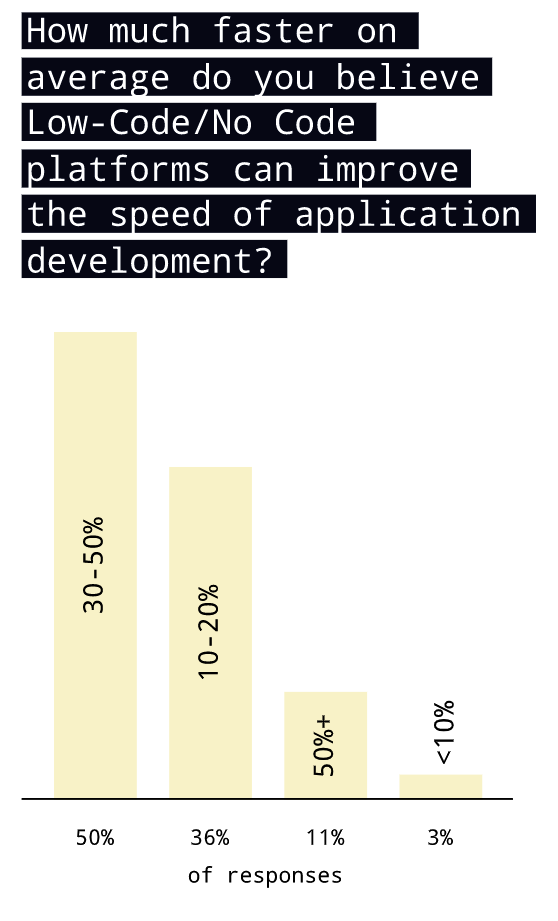Unlock Your Dream Home with a Conventional Loan: The Ultimate Guide to Home Financing
Guide or Summary:Understanding Conventional LoansBenefits of Choosing a Conventional LoanTypes of Conventional LoansHow to Qualify for a Conventional LoanSt……
Guide or Summary:
- Understanding Conventional Loans
- Benefits of Choosing a Conventional Loan
- Types of Conventional Loans
- How to Qualify for a Conventional Loan
- Steps to Secure Your Conventional Loan
Understanding Conventional Loans
A conventional loan is a type of mortgage that is not backed by any government agency. It is a popular choice among homebuyers due to its flexibility and competitive interest rates. Conventional loans can be used to purchase a primary residence, a vacation home, or even an investment property. They typically require a higher credit score compared to government-backed loans, making them an excellent option for buyers with strong credit histories.
Benefits of Choosing a Conventional Loan
One of the most significant advantages of a conventional loan is the potential for lower interest rates. Because these loans are not insured by the government, lenders can offer more competitive rates to borrowers who meet their criteria. Additionally, conventional loans often come with fewer restrictions than government-backed options, allowing for a more personalized financing experience.
Another benefit is the ability to avoid private mortgage insurance (PMI). If you make a down payment of 20% or more, you can eliminate the need for PMI, which can save you hundreds of dollars each month. This feature makes conventional loans particularly appealing for buyers who can afford a larger down payment.
Types of Conventional Loans
There are two main types of conventional loans: conforming and non-conforming. Conforming loans adhere to the guidelines set by Fannie Mae and Freddie Mac, which means they meet specific loan limits and borrower qualifications. Non-conforming loans, on the other hand, do not meet these guidelines and can be used for larger loan amounts or unique financial situations.

Within these categories, you can also find fixed-rate and adjustable-rate conventional loans. Fixed-rate loans have a stable interest rate for the life of the loan, providing predictability in monthly payments. Adjustable-rate loans, however, have interest rates that can fluctuate based on market conditions, which may result in lower initial payments but can lead to higher costs over time.
How to Qualify for a Conventional Loan
Qualifying for a conventional loan typically requires a good credit score, a stable income, and a reasonable debt-to-income ratio. Most lenders prefer a credit score of at least 620, but higher scores can lead to better interest rates and terms. Additionally, having a steady job and a reliable income source will strengthen your application.
Your debt-to-income ratio, which compares your monthly debt payments to your gross monthly income, should ideally be below 43%. This ratio helps lenders assess your ability to manage monthly payments and repay the loan.
Steps to Secure Your Conventional Loan
1. **Check Your Credit Score**: Before applying for a conventional loan, review your credit report for any errors and work on improving your score if necessary.

2. **Determine Your Budget**: Calculate how much you can afford for a down payment and monthly mortgage payments to find a loan that fits your financial situation.
3. **Gather Documentation**: Lenders will require various documents, including proof of income, tax returns, and information about your debts and assets.
4. **Shop Around**: Different lenders offer different rates and terms, so it’s essential to compare options to find the best deal.
5. **Get Pre-Approved**: Obtaining a pre-approval letter from a lender can give you a competitive edge when making an offer on a home.

6. **Finalize Your Loan**: Once you find a property, work with your lender to finalize the loan details and close on your new home.
Choosing a conventional loan can be a smart financial decision for many homebuyers. With its competitive rates, flexible terms, and the potential to avoid PMI, it offers a pathway to homeownership that aligns with your financial goals. By understanding the ins and outs of conventional loans, you can make informed decisions that will help you unlock the door to your dream home. Whether you’re a first-time buyer or looking to upgrade, a conventional loan can be the key to achieving your real estate aspirations.